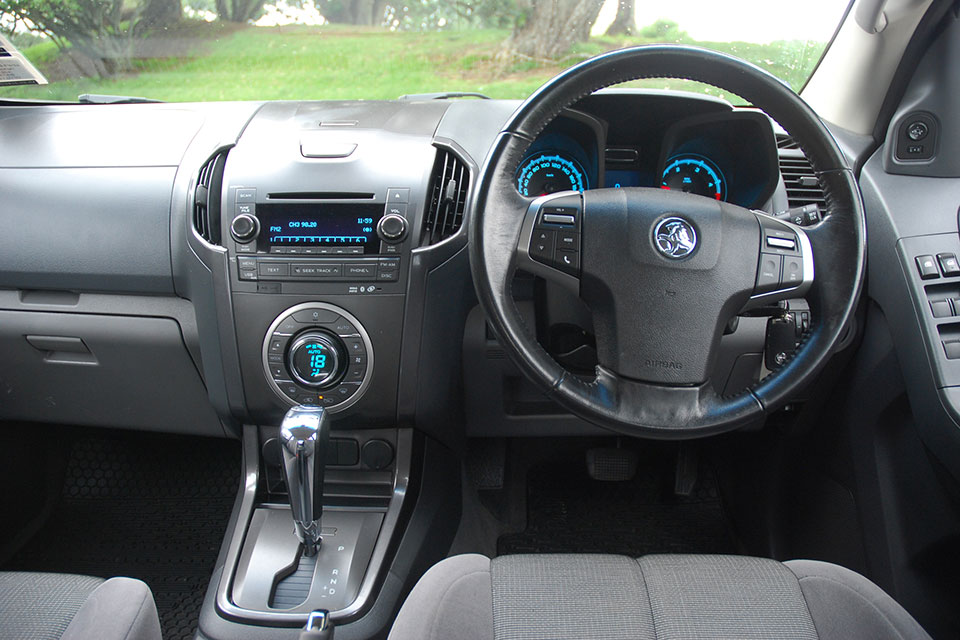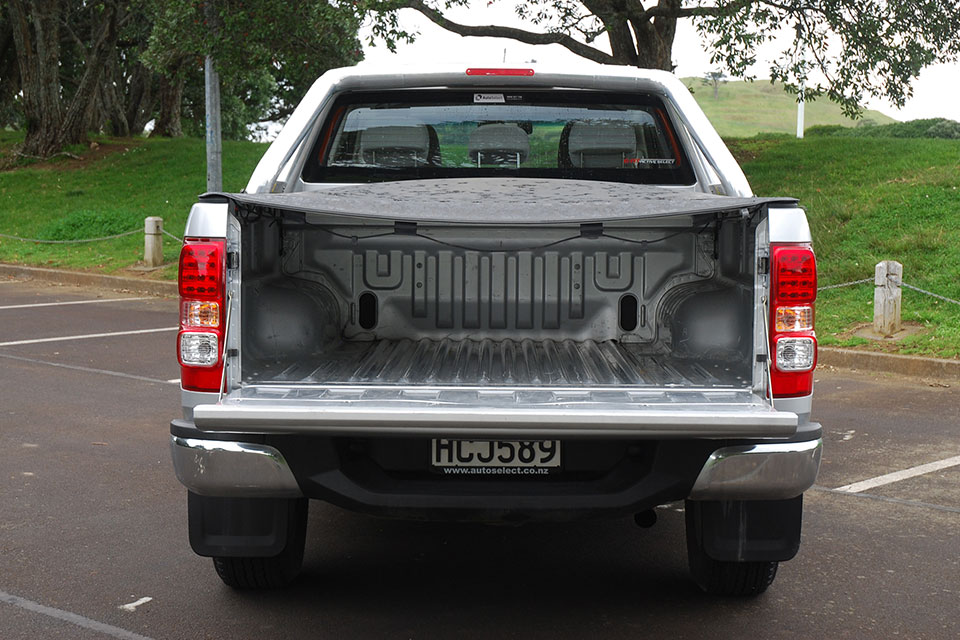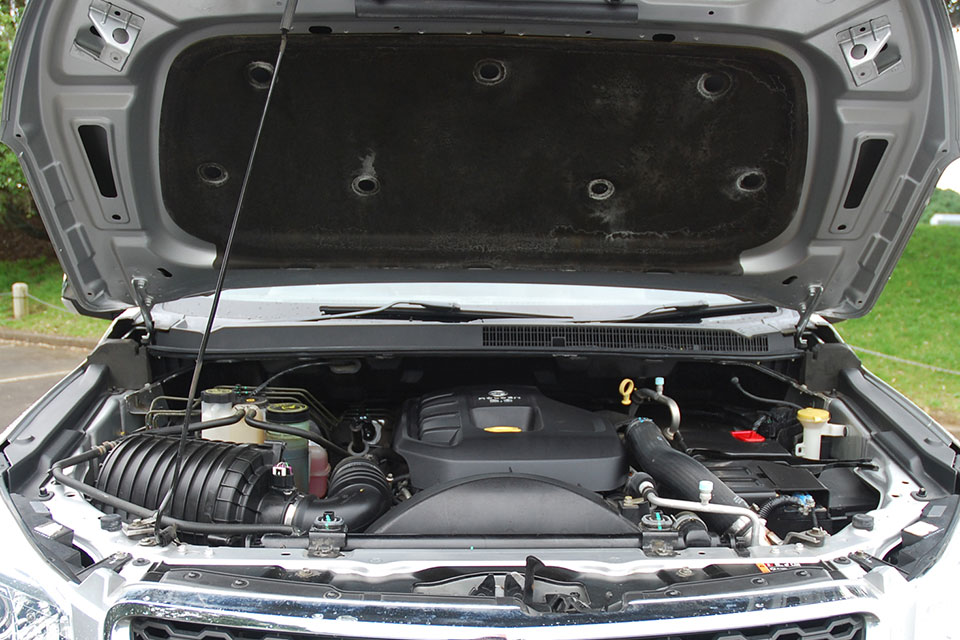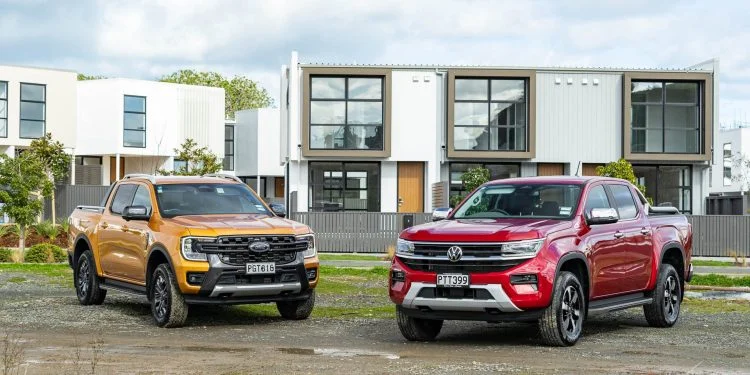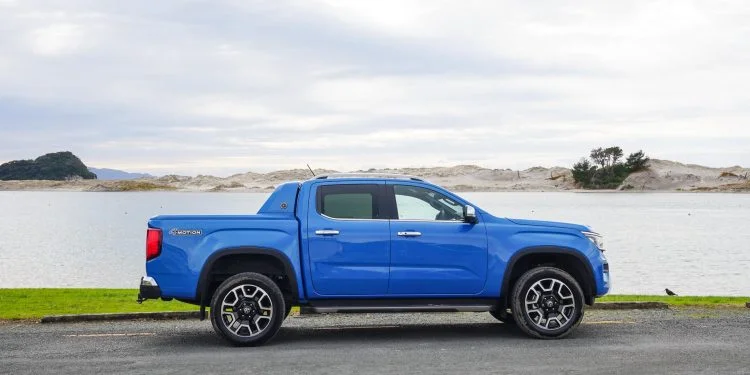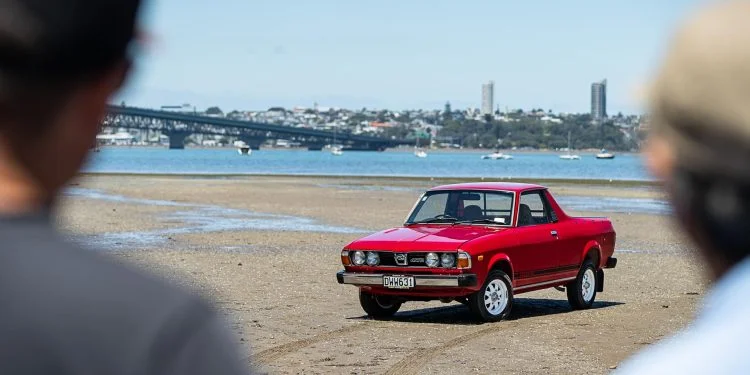Holden Colorado 2012-2016 used car review
The Holden Colorado is a robust workhorse with a responsive engine and excellent towing abilities.

The Holden Colorado is a robust workhorse with a responsive engine and excellent towing abilities. It is not as refined as the ute market leaders.
The “RG” Holden Colorado was launched in 2012, the result of a now-defunct joint venture between Holden and truck maker Isuzu. Early vehicles were considered a bit rough and unrefined, something Holden acknowledged and worked to fix in a significant update, less than two years after the Colorado was launched. The current model still uses the same basic chassis and engines as this example – although it has had a major mechanical and cosmetic upgrade.
Inside and out
The way the Colorado looks is a little polarising – its styling is soft and rounded for a ute. A major update in 2016 changed it to have a more aggressive truck-like look. The front features a large grille which is split in the middle by a bar housing the Holden badge. The rear tray is square to give maximum capacity. A good-looking alloy roll bar is standard on LTZ models.
Even when the Colorado was new, its interior felt a little dated and cheap. The quality of the plastic is not great and even the “LTZ” model lacked an LCD screen, which was becoming common at the time. The steering wheel is adjustable for angle but not for reach.
It features nicely integrated controls for the stereo, phone and cruise control. The climate control buttons, dial and screens are all merged into one round unit. There are plenty of storage spaces, including two glove boxes and a dash-top cubby. The car has a USB point to charge phones or play music; it’s the mini-USB type and will require an adaptor.
The front seats are well sculpted and provide excellent lateral support. They are very firm and not all users will find them comfortable. The driver’s seat can be adjusted electrically. Three adults should fit across the rear seat but larger adults will find shoulder room a little tight. The rear bench has a flat base, which means the middle passenger will have a more comfortable seating position.
Legroom is reasonable although the B-pillar is quite substantial – it shortens the rear door and makes access tricky for taller passengers. The base of the seat can split and fold up for storing large items in the back of the cabin.
At 1.48m long and 1.53m wide, the Colorado’s tray is comparable in size to its competitors. Items up to 1.12m wide can fit between the wheel arches. Carrying capacity is excellent at more than 1,000kg, depending on the model. Tray liners are not standard – we recommend getting one installed at a cost from $500. There are only four tie-down points in the rear for securing loads. The “LTZ” model has a standard tonneau cover that offers luggage some protection from the rain, although it’s not completely waterproof.
On the road
Almost all models sold in New Zealand used a 2.8-litre four-cylinder turbocharged diesel, although a 2.5-litre four-cylinder diesel engine was available in the entry-level Colorado. Before the 2013 upgrade, this produced 132kW and 440Nm with a manual transmission and 132kW and 470Nm with an automatic.
Manual transmissions initially had five gears and the 2013 upgrade saw the addition of a sixth. The automatic has six speeds and can be shifted manually. It has a “grade braking” function that detects when the vehicle is travelling down a long hill and keeps the engine in a low gear to slow it.
On equipped models, four-wheel drive is selected using a dial on the centre console and can be set to two-wheel drive, four-wheel drive or low-ratio four-wheel drive. The engine in our pre-update rear-wheel drive review vehicle is punchy and feels very strong.
Unfortunately, it’s also quite loud and unrefined, both at idle and under load, something Holden later acknowledged and worked hard to correct. The transmission is reasonably smart, though not the smoothest available. Both engine and transmission work well together off the line – the Colorado feels very quick to get away at the lights.
The steering is good for a ute despite feeling a little soft and vague on centre. The brakes are firm and stop the vehicle well. The ride is quite firm and bouncy, though not uncomfortable. A load in the tray helps settle that bounce down.
The large wing mirrors are a great help when parking and offer an excellent view down the side of the car. Cars built before the late 2013 update do not get the option of a reversing camera; updated LTZ models get one as standard. We think they are important to have on this vehicle. You can buy a camera to fit yourself from $50 or they can be installed professionally from $200.
The Colorado has a tow rating that puts it up with the best utes. It can pull trailers without brakes up to 750kg (a medium-size garden trailer) and 3,500kg braked (a large trailer boat).
Safety
The Colorado has two safety ratings, depending on the type of body you choose. Single and space cab versions don't have side airbags and have a four-star ANCAP rating. Double cab versions, like our review vehicle, feature front, side and curtain airbags and carry a five-star rating. Intelligent seat belt reminders, anti-lock braking, electronic brake force distribution and electronic stability control are also standard.
The Colorado was rare for its time in that it offered ISOFIX child seat mounting points – with three seats fitted to the rear bench. The only other ute with ISOFIX at the time was the Volkswagen Amarok and that didn't have rear curtain airbags. All three rear seat positions use shoulder-type belts, which offer more protection than the lap-only type.
Reliability
The Holden Colorado’s reliability is considered on par with other popular commercial models. It’s a solid vehicle, despite having issues prospective buyers need to keep an eye on. The diesel engine uses a cam belt that will require regular replacement.
An issue can arise when the diesel engine begins to use a significant amount of oil – it’s considered a problem when two litres are required every 3,500km. Most of the engines with this problem have been recognised and repaired under warranty. However, it is still prudent to check the oil level and ask how much the vehicle consumes.
That issue was dealt with in many vehicles under a recall. However, if you notice a squeak coming from the front of the car, check with a Holden dealer that this has been done.
Electrical problems are not unknown either - from a reluctance to start to boiled batteries and cutting out while in motion. Most are due to a design fault with the wiring loom which is slightly too short; it’s prone to fatigue and failure. Make sure all electrical systems in the vehicle you are considering are working correctly before you buy.
Water leaks are not unknown in the Colorado – the rear cabin high-stop light can leak and let water into the vehicle. Although still too new to judge the long-term effects, the rear tray’s underfloor, rear suspension and driveline are not sufficiently rust-proof. Surface corrosion is evident on some, especially where they’ve been used in adverse or damp conditions.
Cost of ownership
Holden recommends servicing the Colorado every 12 months or 15,000km, whichever comes first. Most services will cost $450 although at 45,000km you will need to spend $500 and at 60,000km $600. The cam belt and the water pump need to be replaced every 150,000km or ten years, at a cost of up to $1,500.
RightCar estimates that over 14,000km of driving a year, it will cost $2,700 in fuel and Road User Charges for an automatic Colorado rear-wheel drive. That is slightly more than a Ford Ranger. The 76-litre fuel tank will cost $110.20 to fill at $1.45 a litre and could take you up to 890km before the fuel light comes on.
A vehicle licence for the Colorado costs $183.31 a year, with the car in the cheapest ACC levy group for diesel.
Trade Me Insurance estimates insurance for a Colorado valued at $20,270 will cost $58.31* per month. That’s lower than the Ford Ranger, and unlike that car, the Colorado is not considered a high-risk vehicle.
Buyers' guide
The Colorado is in high demand as a used vehicle even though it was not as popular as the Ford Ranger or Toyota Hilux when new. On Trade Me this generation is priced from $24,000. Prices reach as high as $50,000 for 2015-2016 LTZ and Z71 models.
Watch out for Colorados that seem particularly cheap and check they are not used imports. A few are coming in from Australia as “statutory write-off” vehicles – cars damaged in Australia and unable to be legally returned to the road there. Some have been shipped to New Zealand for repair and sale. Fixed correctly, they might be safe but they will carry a note of their history on their documentation for life. That will make them harder to sell and permanently reduce their value.
Variants
- DX - Available with a 2.5-litre turbocharged diesel engine (two-wheel drive) or a 2.8-litre turbocharged diesel engine (four-wheel drive). Features 16-inch steel wheels, front, side and curtain airbags, front bench seat, vinyl flooring, manual air-conditioning, power windows, Bluetooth, front, side (double cab only) and curtain airbags, and electronic stability control.
- LX - Available with the 2.8-litre engine. Adds cruise control, steering wheel audio controls, leather steering wheel, body-coloured mirrors with power adjustment, bucket front seats, carpet flooring and upgraded speaker system.
- LT - Over LX adds 16-inch alloy wheels and front fog lamps.
- LTZ - Over LT adds 17-inch alloy wheels, projector headlamps, chrome mirrors, chrome rear bumper and trim, LED tail lights, tonneau cover, alloy sports bar, side steps, climate control air-conditioning, leather gear knob, electrically adjustable driver’s seat and upgraded audio system.
- Z71 - Adds leather interior, styling kit for the tray, 18-inch alloy wheels and body graphics.
From 2013, all models other than the DX received a new touchscreen infotainment system with online streaming apps, Siri eyes-free calling and “BringGo” satellite navigation, which works in conjunction with your mobile phone
Timeline
- 2012 Launched in New Zealand and Australia
- 2013 Given significant upgrade, including an updated engine, additional sound insulation and a touchscreen infotainment system
- 2016 Replaced by a significantly upgraded model
Details
2013 Holden Colorado LTZ
$27,000 to $40,000 for models which have travelled 70,000 to 120,000km
2.8-litre four-cylinder turbocharged, 132kW/470Nm (claimed)
Six-speed automatic, rear-wheel drive
Five-star ANCAP
15,000km or 12 months
Full size wheel
9-litres per 100km (claimed)
Diesel
5347mm
1882mm
1780mm
750kg (unbraked), 3500kg (braked)
12.7m
This review covers the Holden Colorado for model years 2012, 2013, 2014, 2015 and 2016.
Review vehicle supplied by AutoSelect.
*Our insurance estimates are based on a 35-year-old male with no accidents in the last two years, garaging the car in Mission Bay, Auckland. The car is not used for business and will cover 10,000km to 20,000km a year. We estimate with no option add-ons and $500 excess. Customise your estimate at Trade Me Insurance.
Image gallery
Also consider
